Invasive species cost the world roughly half a trillion dollars a year. Here are the 10 most widespread
Around 200 new invasive species are recorded each year globally

Around 37,000 invasive species have been identified worldwide. They cost governments at least $423 billion per year in damages and control, according to a new landmark report by the Intergovernmental Science-Policy Platform on Biodiversity and Ecosystem Services (IPBES), a division of the United Nations Environment Programme (UNEP). The estimate, dating back to 2019, is conservative and the real price tag is likely higher, considering that around 200 new invasive species are recorded each year.
The report finds that only 55% of all countries invest in the management of biological invasions. While 80% of countries have targets related to managing invasive alien species in their national biodiversity plans, only 17% have national laws or regulations specifically addressing these issues.
“The severe global threat posed by invasive alien species is underappreciated, underestimated, and often unacknowledged,” IPBES stated in a press release. The report was produced over the last five years by 86 experts from 49 countries drawing on more than 13,000 references, making it the most comprehensive assessment ever carried out of invasive alien species around the world.
An invasive species is new to a given ecosystem or region, but finds a way to proliferate or extend its range, often by overtaking native species, with harmful effects. Invasive plants, animals, and microbes are primarily spread around the world through global trade and human travel, whether intentionally or accidentally.
Scientists believe that invasive species, now finding new pathways to spread due to climate change, have contributed substantially to global extinctions. Of the invasive species assessed, 22% are invertebrates, 14% vertebrates, 11% microbes, and 6% plants. The extent of negative impact varies by type of environment and region, but these 10 species are the most prevalent around the world.
2 / 11
1. Water hyacinth

Water hyacinth has been reported (pdf) in 74 countries, islands, territories, and protected areas of the world as being an invasive species. It is an aquatic plant, native to South America, that takes over surfaces of lakes, ponds, and reservoirs. It outcompetes native plants both on and below the water, and limits photosynthesis of phytoplankton. Because this plant reproduces quickly, it depletes dissolved oxygen in the water, which kills fish. Natural predators in South America, such as weevils (a type of beetle) and moths keep water hyacinths controlled, but not in Central and North America, Asia, Europe, and Africa.
3 / 11
2. Lantana
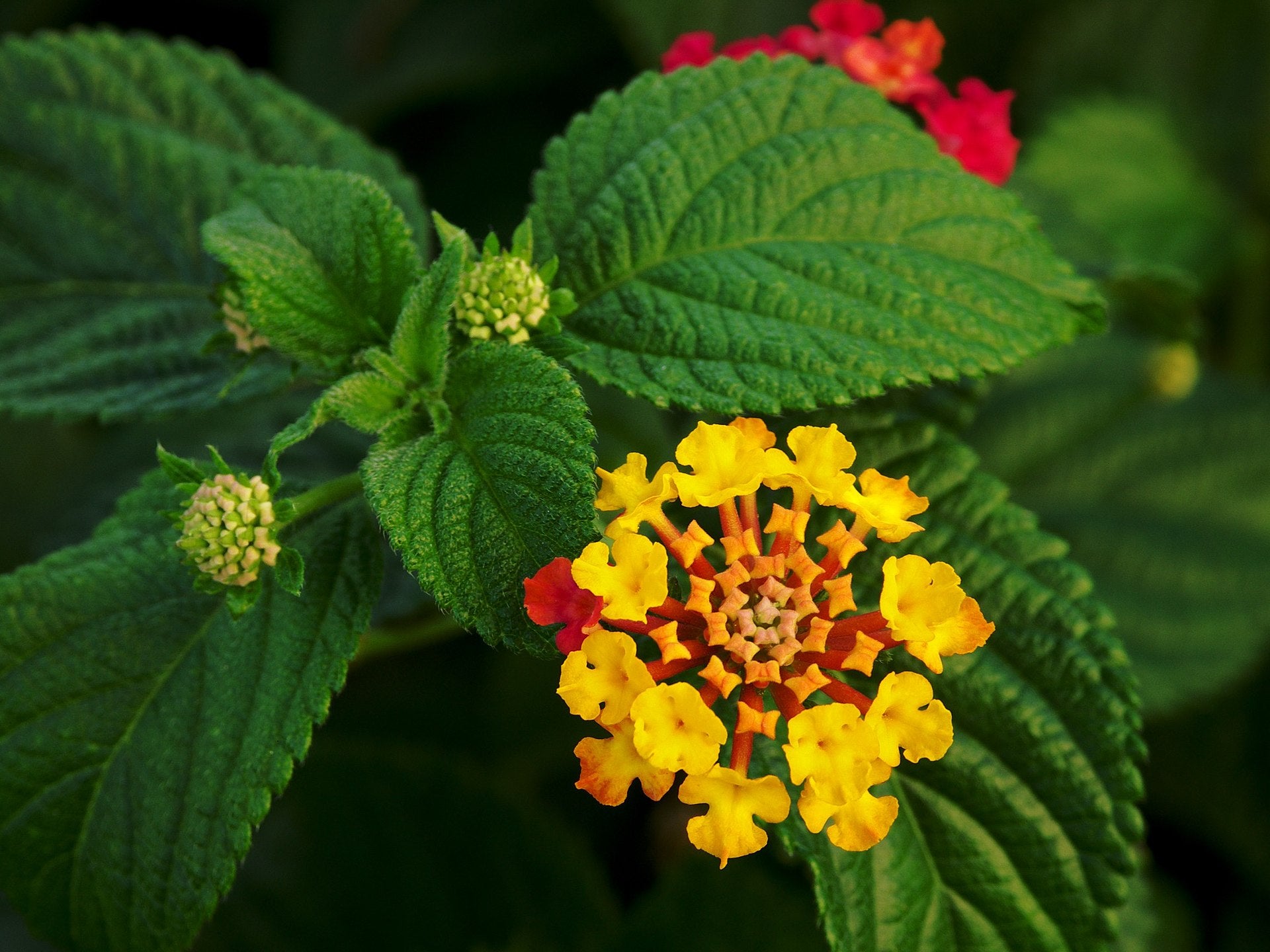
Lantana is reported as an invasive species in 69 places in the world. It is a flowering plant that is toxic to livestock and other grazing animals. The plant is native to tropical regions of the Americas and Africa, and was introduced in the Australia-Pacific region and parts of India.
4 / 11
3. Black rat
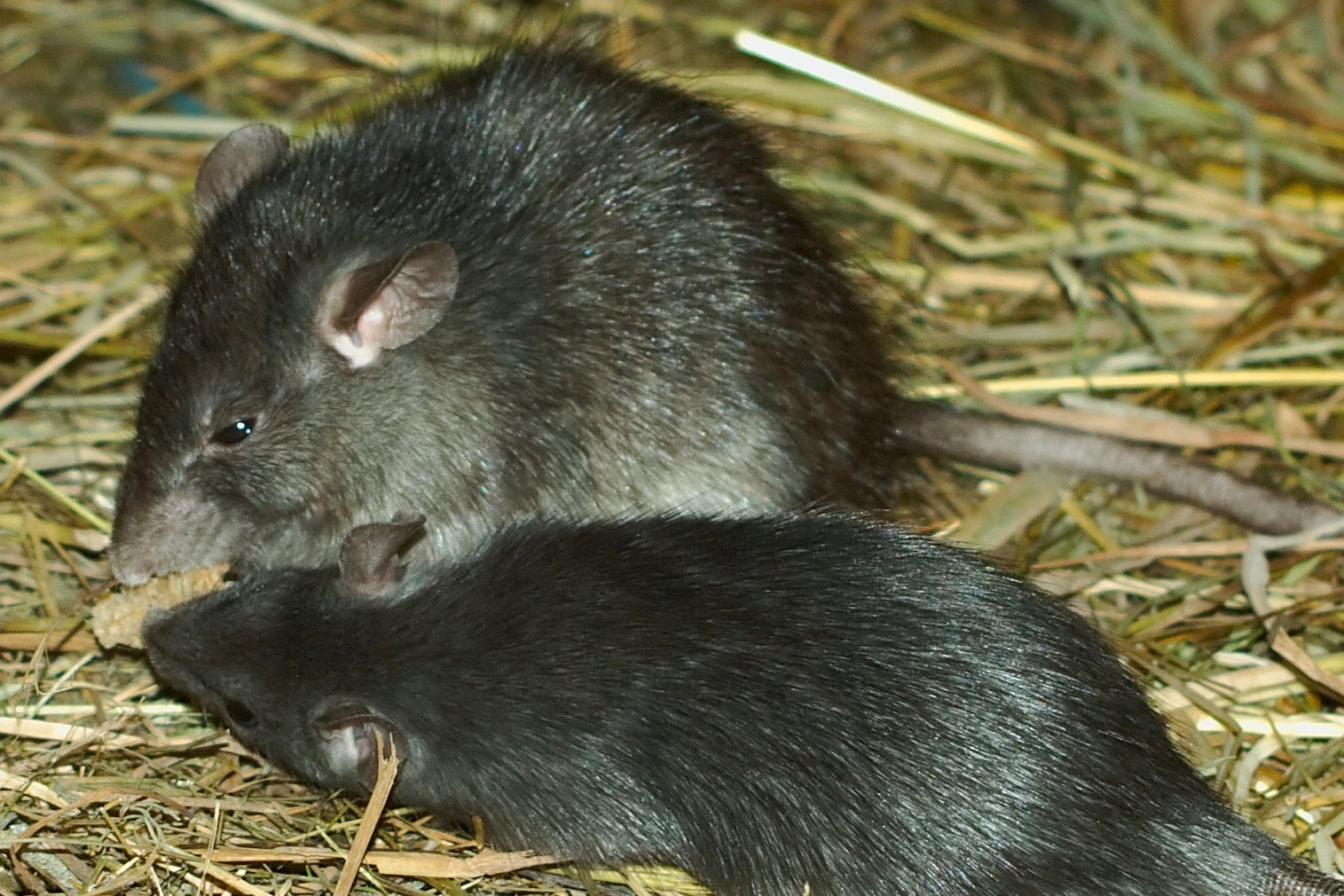
Black rats have been a global invasive species since the 1600s, when they hitched rides on European ships that traveled the world. Rat invasions threaten birds and native mammals with diseases. Diseases black rats have spread through their urine that affect humans include leptospirosis, salmonella, listeria, toxoplasma gondii, and hantavirus. Black rats spread the Black Death or bubonic plague around Europe in the 14th century through fleas they carried.
5 / 11
4. Leucaena
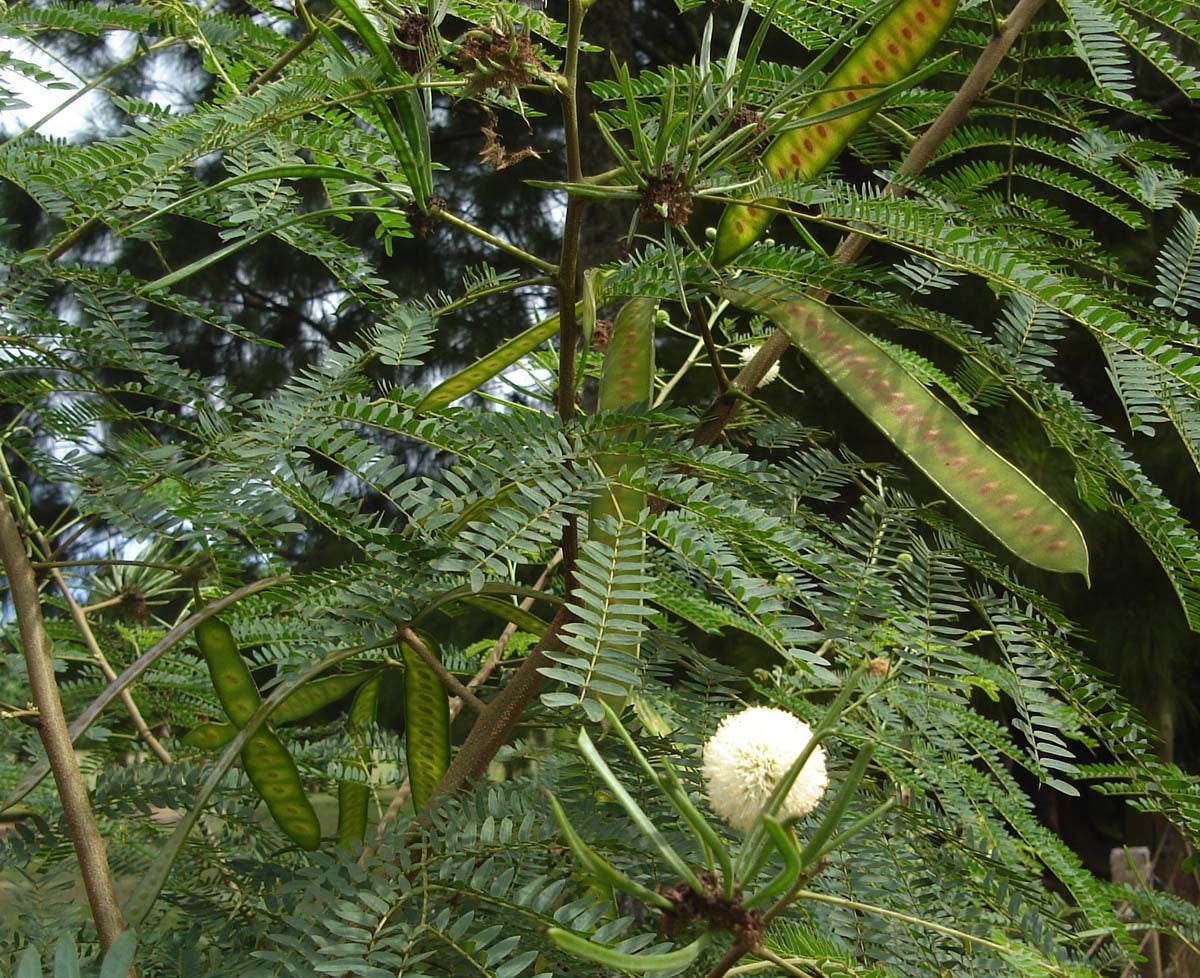
Leucaena, also known as lead tree, takes over or colonizes vegetation outside of its native range in the Americas. It is native to Mexico, but is now invasive in tropical Africa, Asia, and Oceania. The spread of lead trees happened because it is grown as a green manure and forage crop, but it is highly resistant to drought and produces seeds rapidly.
6 / 11
5. House mouse
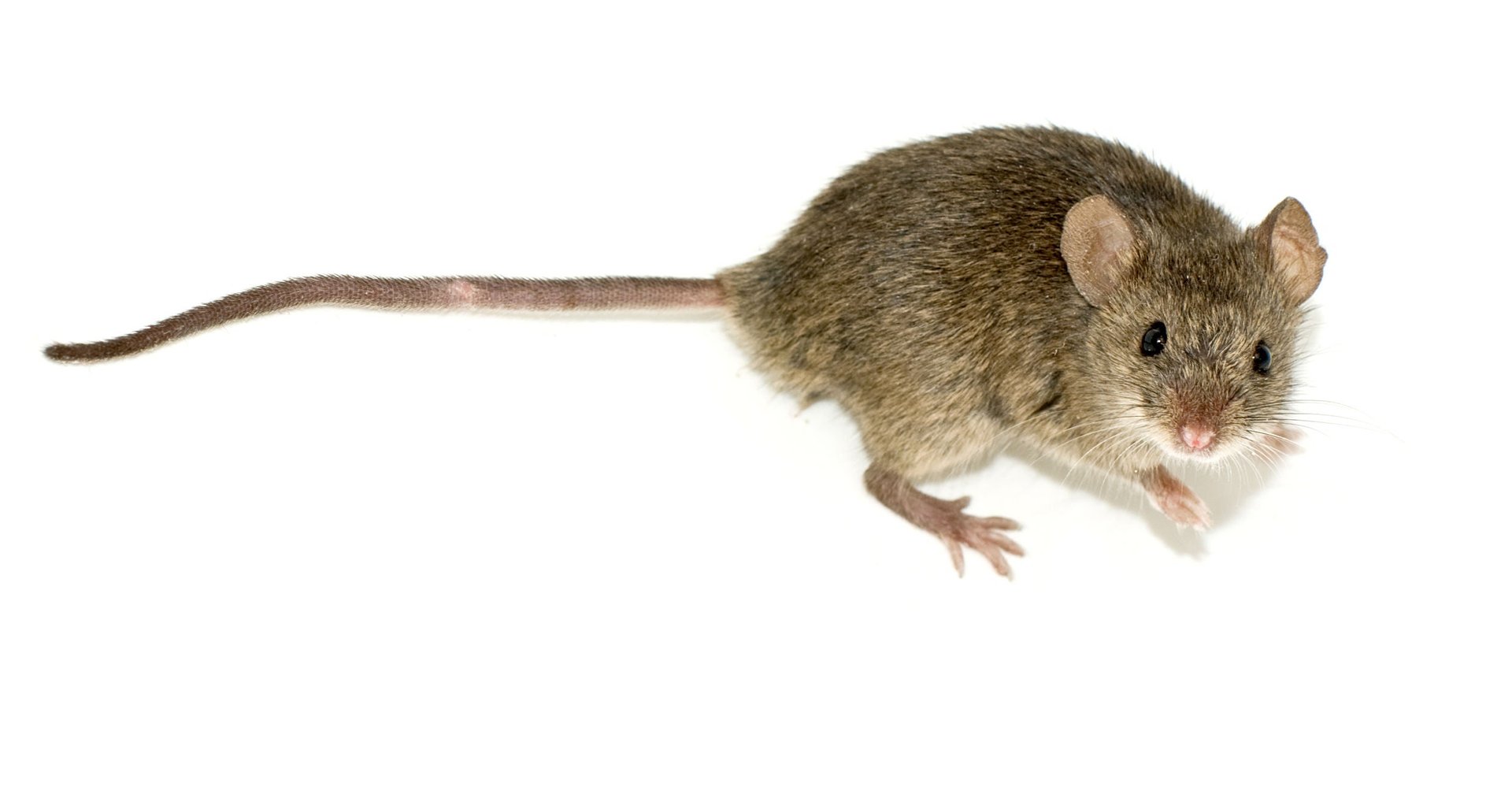
Like rats, mice can also carry harmful diseases (pdf) to humans including lymphocytic choriomeningitis, plague, and typhus. Mice can also infect native invertebrate, lizard, seabird, and plant species.
7 / 11
6. Brown rat
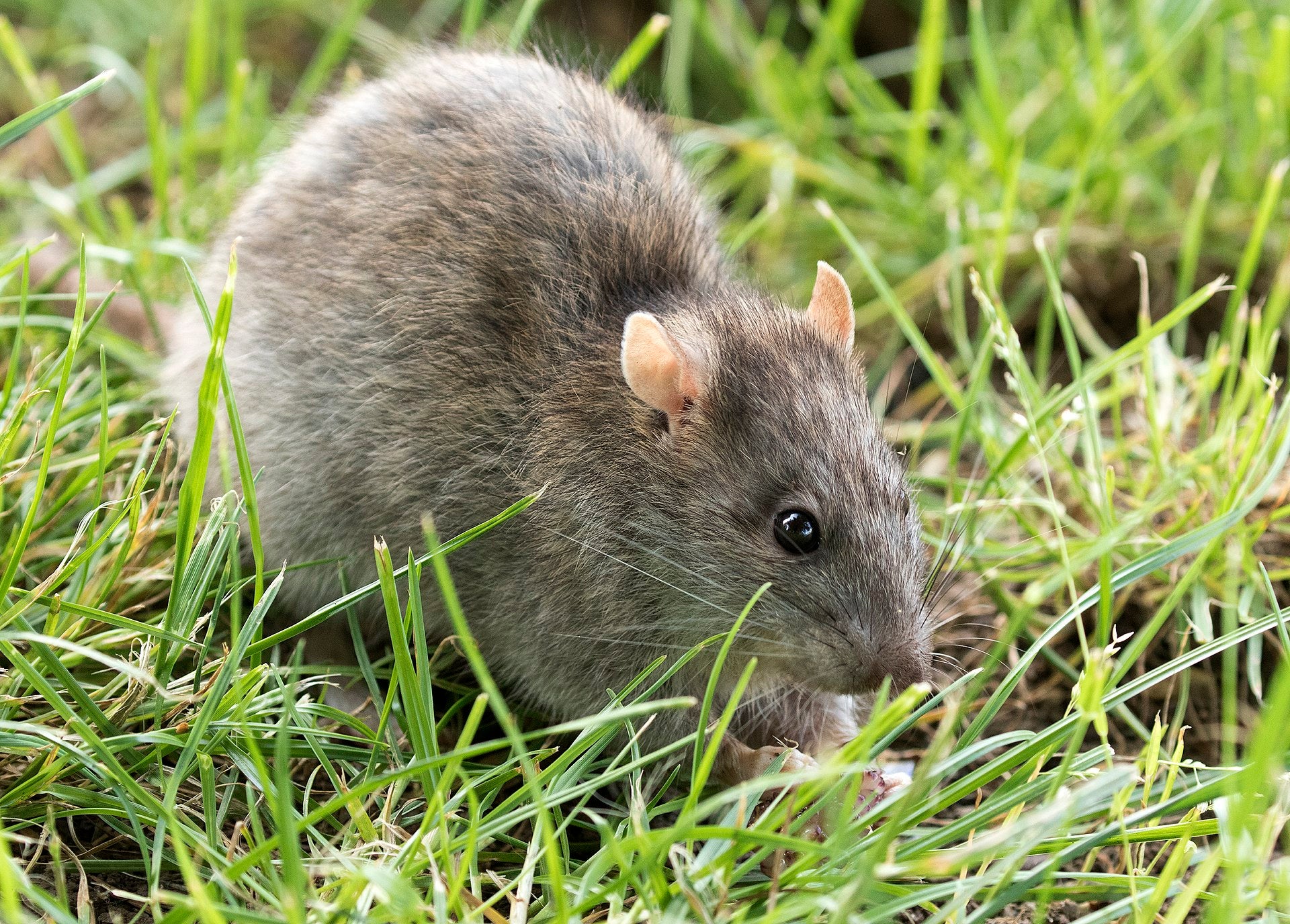
Also known as Norway rats, believed to have traveled to England from Norway though its origins are probably in Asia, the brown rat followed explorers. Brown rats prey on, and can quickly overtake native species on islands. They are also known as sewer rats with the same problematic impacts as black rats, transmitting disease and contributing to extinction or range reduction of native plants and animals.
8 / 11
7. Castor bean
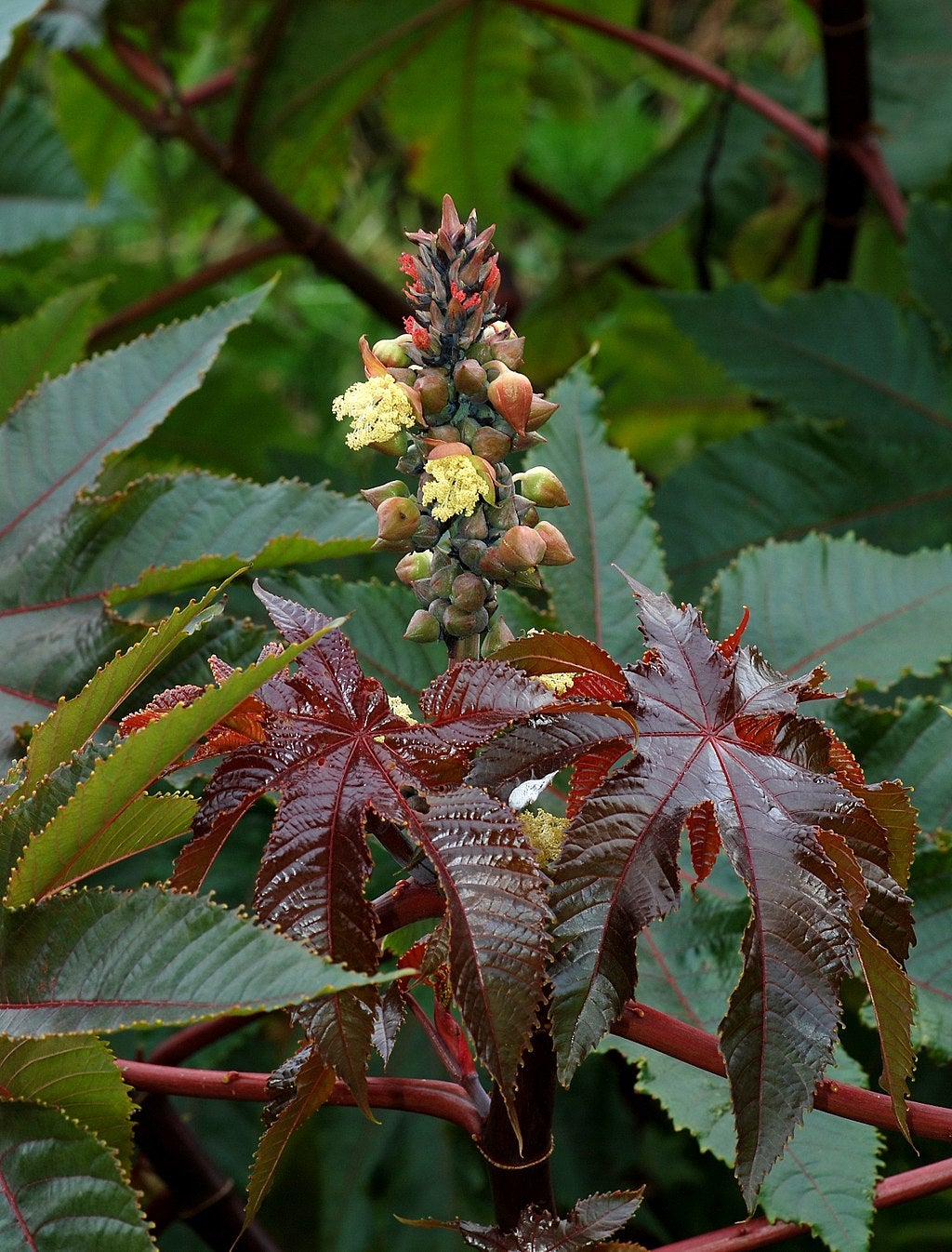
The castor bean makes castor oil, but the bean in its raw form contains ricin, one of the most toxic known substances. Castor bean seeds easily germinate after a wildfire and displace native plants, notably in southern and central California. Ricin can then poison cattle and other animals including humans—only a few seeds need to be ingested to be fatal.
9 / 11
8. Tree-of-heaven

Contrary to the name, tree-of-heaven is hellish not only because it has a very dense thicket that crowds out native trees and vegetation, but it also releases a chemical into the soil that poisons surrounding plants. It is also known as Chinese sumac, being native to northeast and central China, and Taiwan. The tree was brought outside of its native habitat for ornamental purposes in Europe and the US, where it is most aggressive.
10 / 11
9. Black locust

Originally planted as an ornamental landscaping tree, black locust is one of the most difficult invasive trees to eradicate. Black locust can grow root suckers, budding from its roots and spreading widely and densely to overtake native vegetation. It is native to parts of North America but escaped cultivation in California to spread across the US and elsewhere.
11 / 11
10. Siam weed
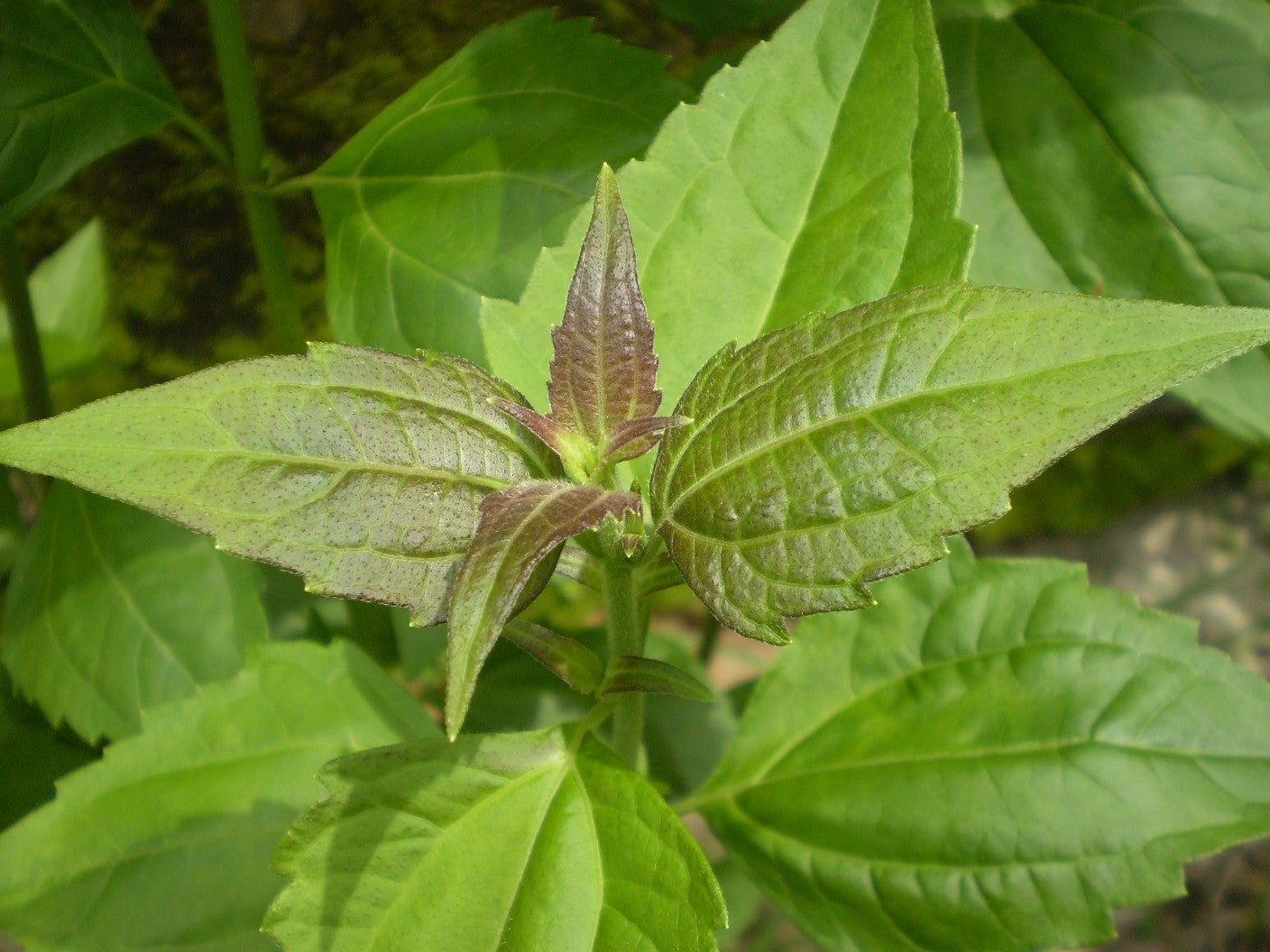
Siam weed also goes by the names devil weed, Christmas bush, and Jack in the bush. The plant overtakes clearings and disturbed forests to smother native vegetation. It forms dense thickets that can be up to six feet high. Native to Central and South America, the weed has spread to other tropical and subtropical areas of the world to become a problem in protected rainforests in Africa, the US, India, and Southeast Asia.